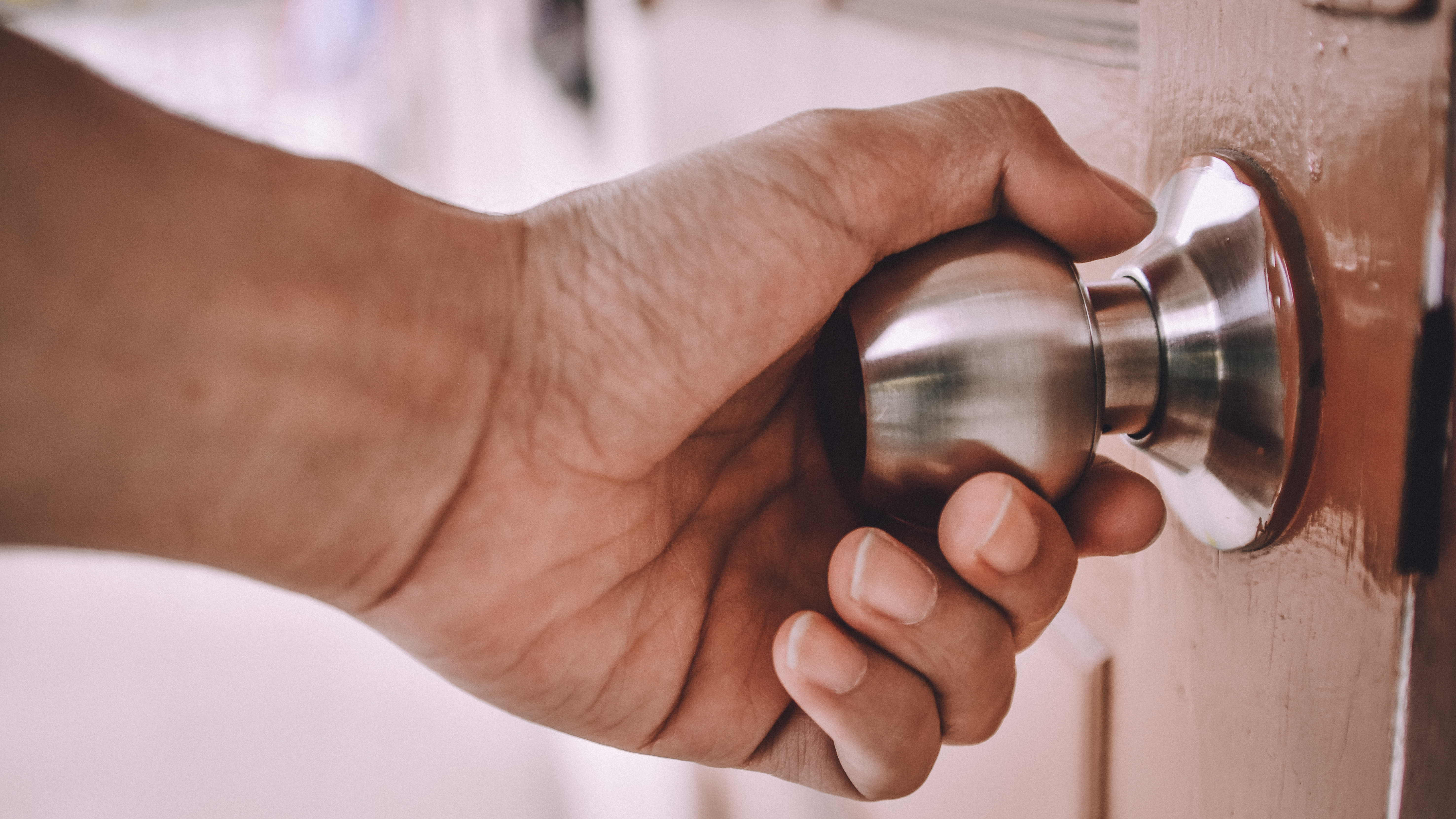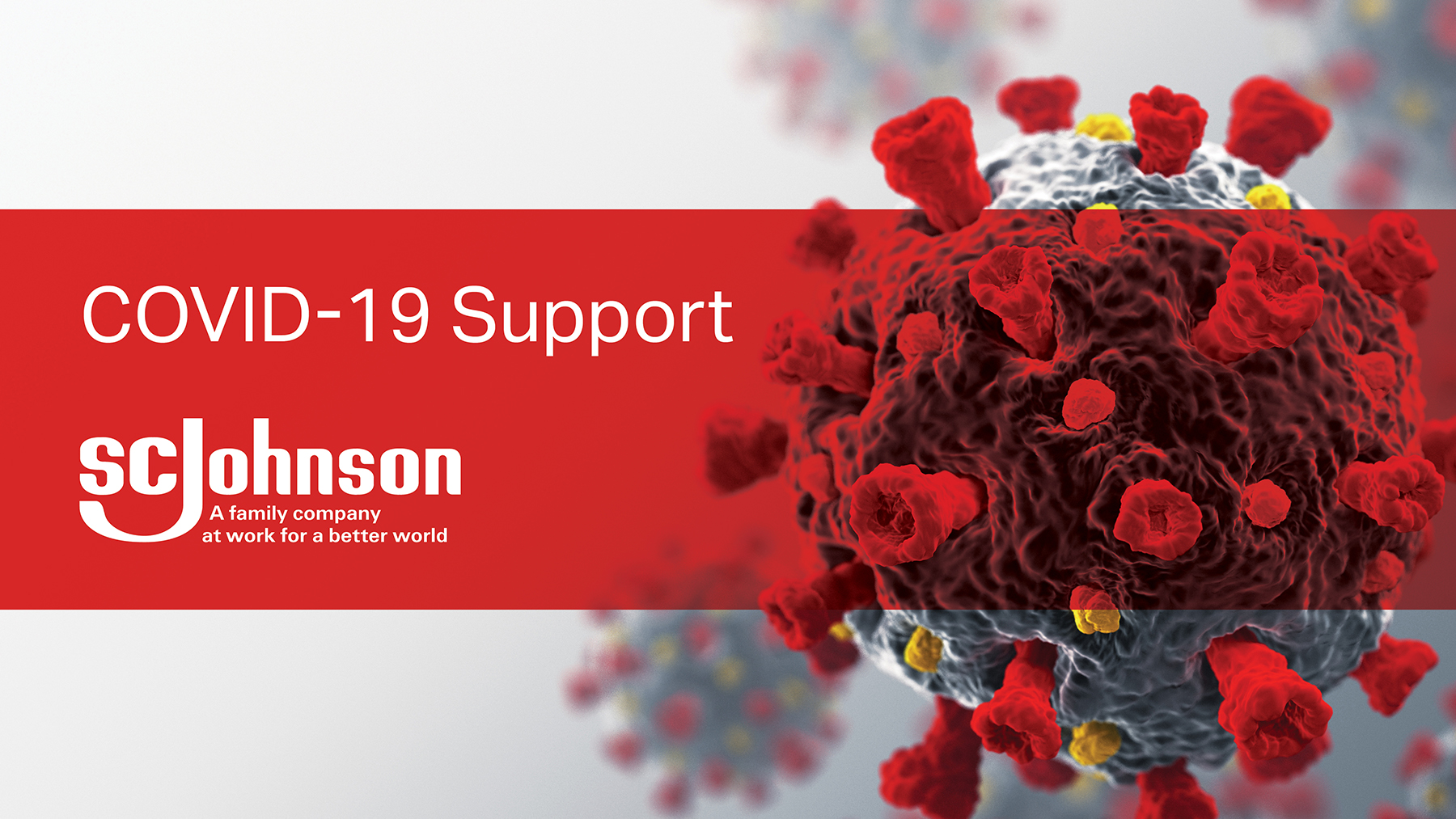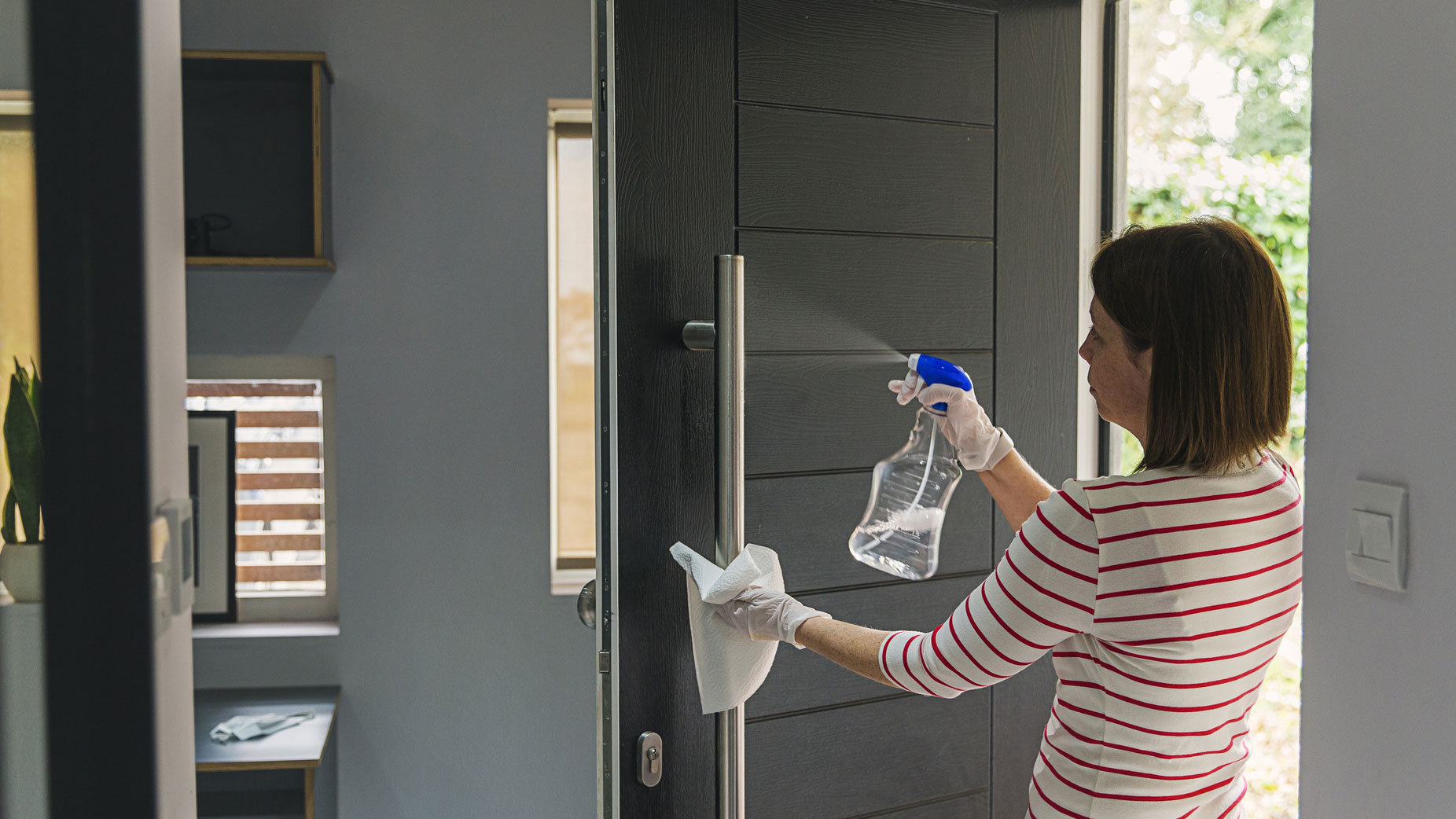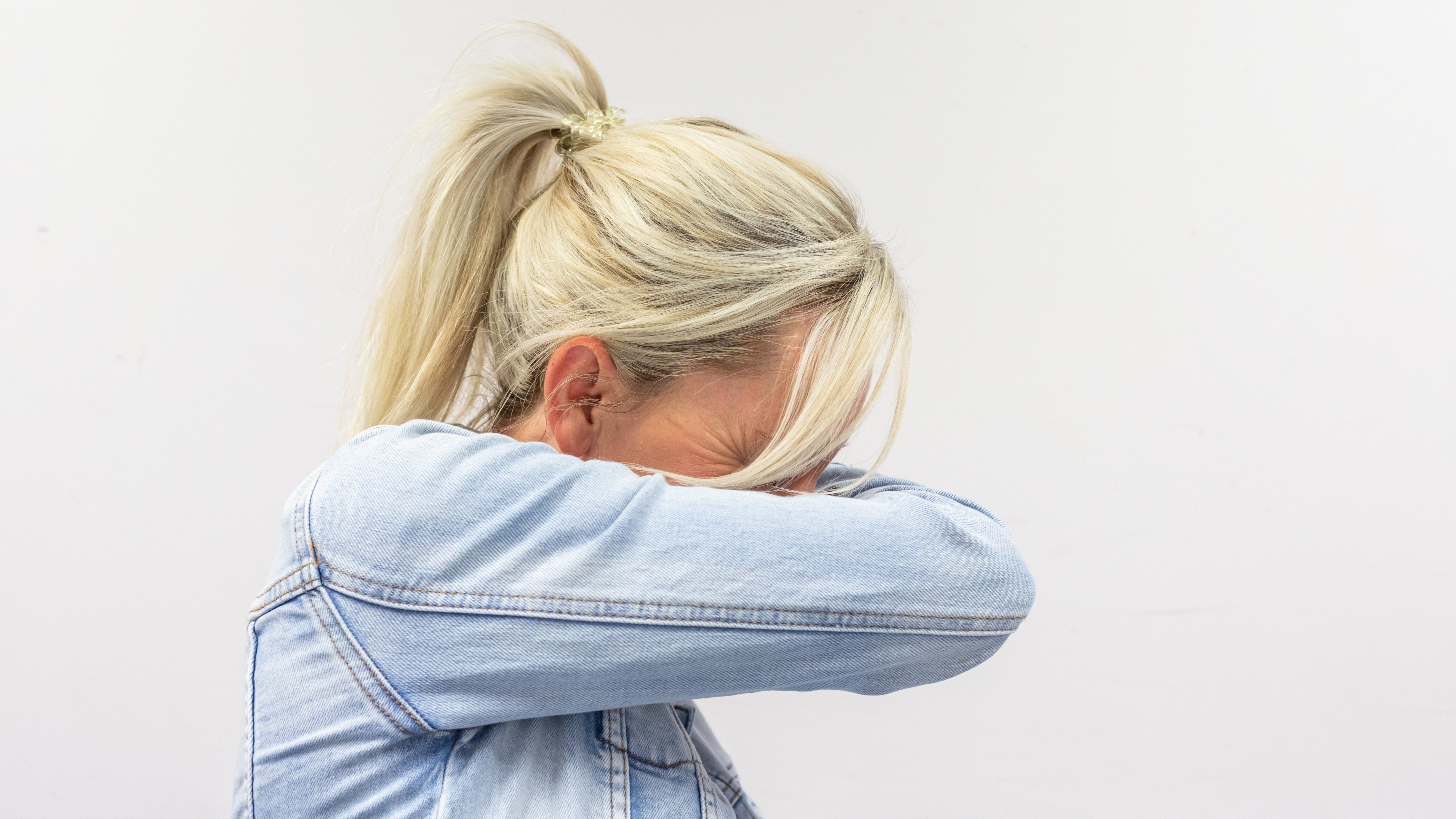Cleaning and Disinfecting: What's the Difference?
As the virus that causes COVID-19 continues to spread, more and more people are looking for ways to disinfect their living spaces. The virus is thought to be transmitted via respiratory droplets, and current evidence suggests it may remain viable for hours to days on surfaces. The Centers for Disease Control and Prevention has posted guidelines for how to clean and disinfect, which are two different procedures that should be used together to remove and kill germs.
Cleaning
Cleaning removes germs, dirt, and impurities from surfaces or objects. Cleaning works by using soap (or detergent) and water to physically remove germs from surfaces. This process does not necessarily kill germs, but by removing them, it lowers their numbers and the risk of spreading infection.
Disinfecting
Disinfecting kills germs on surfaces or objects with the use of chemicals. Disinfecting should be done after a surface has been cleaned. Cleaning removes loose soils, preparing the surface or object to be disinfected. If a surface is not cleaned first, germs can hide under soils and reduce the efficacy of the disinfectant.
Always follow product use instructions for disinfecting hard, non-porous surfaces.
- Spray until surface is visibly wet.
- Per product use instructions, let the product stand for the recommended time period on surface to be disinfected. The wetting period is very important to kill germs on your surfaces.
- Air dry or wipe as directed after wetting period is complete.

What areas should be disinfected?
When an infected person coughs or sneezes, droplets can land on surfaces like desks, seats, countertops or frequently touched surfaces which spread viruses. This includes "high touch" surfaces like phones, door handles and light switches. Keeping common surfaces disinfected is one of the simplest ways that global public health organizations recommend people can reduce the potential risk of infection from more common viral diseases.
High-touch areas include:
- Door handles
- Handrails
- Faucets
- Light Switches
- Soap Dispensers
- Chair Handles
- Food contact surfaces
Updated in July 2020 to reflect the latest guidance from public health authorities.
Related Stories

SC Johnson efforts to fight the spread and impact of COVID-19

Cleaning Tips for Your Home During Coronavirus Pandemic

Seven things Public Health Organizations are recommending to slow the spread of COVID-19
